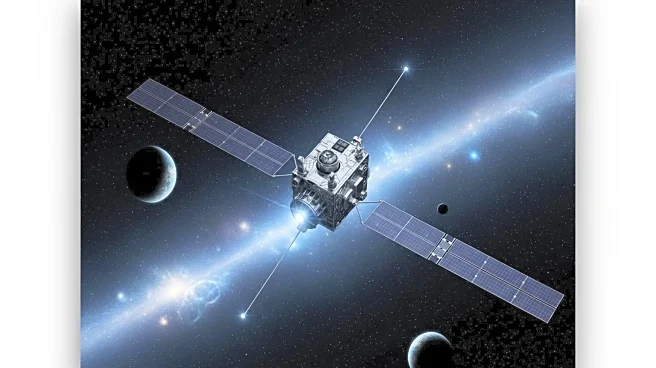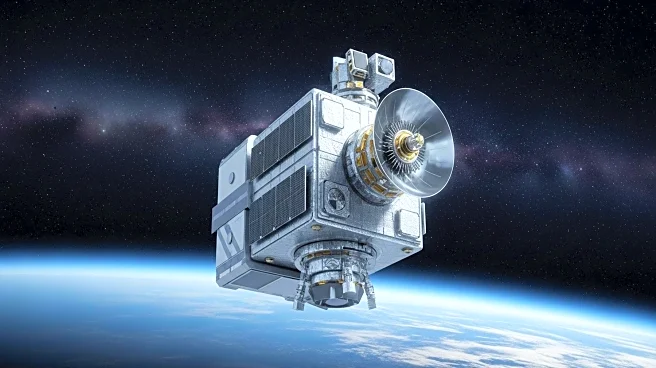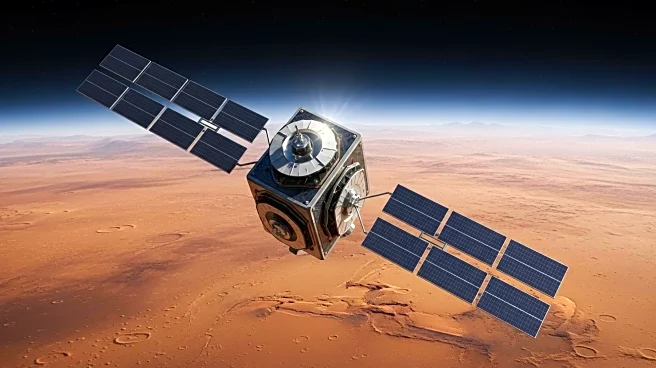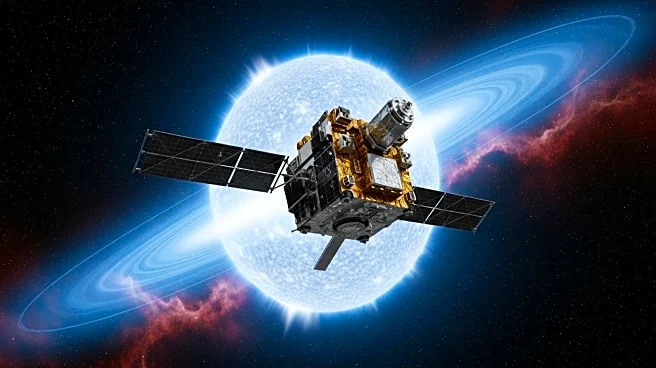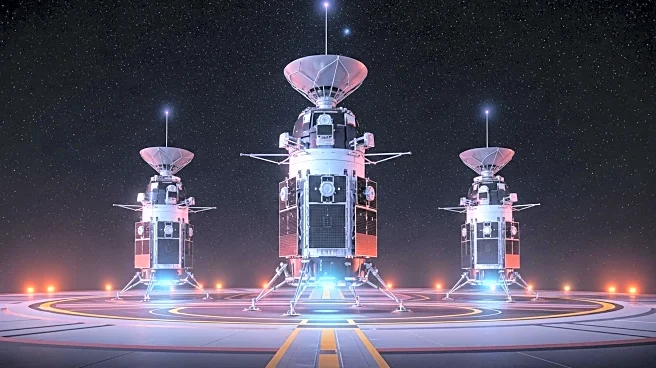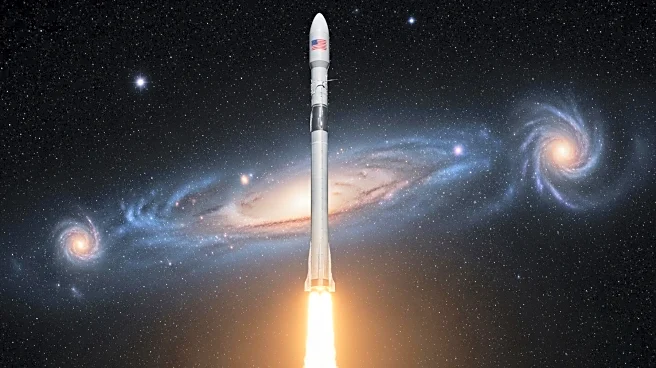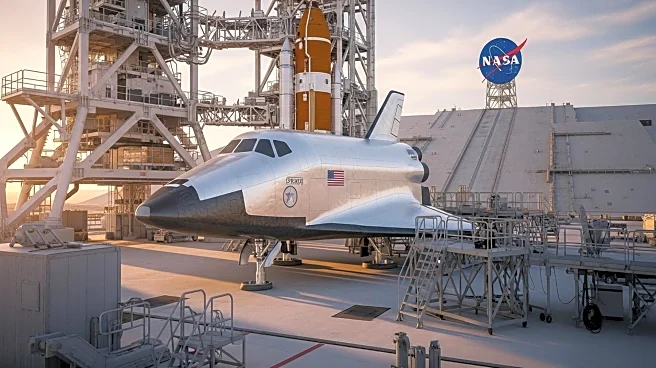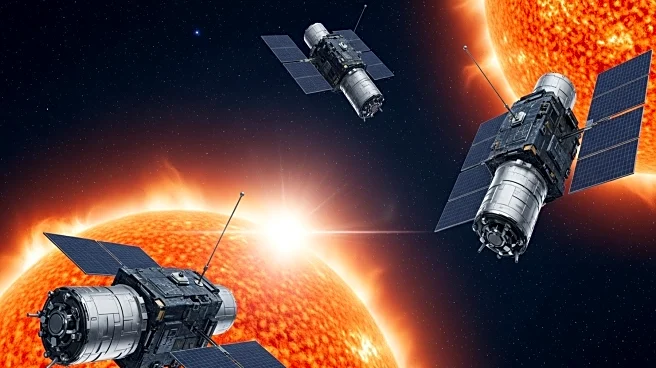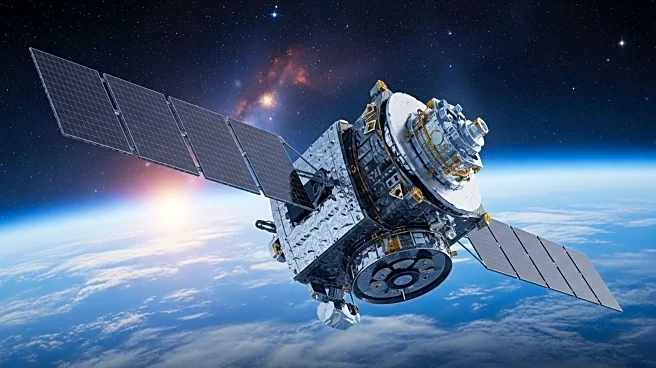What's Happening?
NASA has successfully deployed the Carruthers Geocorona Observatory, which is now on its journey to Lagrange point 1. This observatory is the third and final Sun and space weather observatory launched by NASA, and it aims to study Earth's exosphere, the outermost layer of the atmosphere. The mission is significant as it is the first dedicated to understanding the changes in this region, which is crucial for understanding space weather impacts. The exosphere acts as a transitional region between Earth's environment and space, and its study will help improve predictions of the Sun's activity effects on technology, including satellites and communication signals.
Why It's Important?
The deployment of the Carruthers Observatory is a critical step in enhancing our understanding of space weather and its effects on Earth. Space weather, driven by solar activity, can disrupt satellite operations, communication systems, and even power grids. By studying the exosphere, NASA aims to gather data that will improve predictions and mitigate potential disruptions caused by solar events. This mission could lead to advancements in technology protection and communication reliability, benefiting industries reliant on satellite data and global communication networks.
What's Next?
Mission operations managers at the Space Sciences Laboratory at the University of California, Berkeley, are set to acquire a signal from the Carruthers Observatory. This step is crucial for the continuation of the mission, as it will allow scientists to begin collecting data on the exosphere. The observatory's findings could lead to new insights into the fundamental physics of Earth's atmosphere and enhance our ability to forecast space weather impacts.
Beyond the Headlines
The Carruthers Observatory's mission highlights the importance of understanding Earth's atmospheric layers in the context of space exploration and technology development. As space weather can have far-reaching effects on various sectors, this mission underscores the need for continued investment in space science to safeguard technological infrastructure and improve resilience against solar activity.

